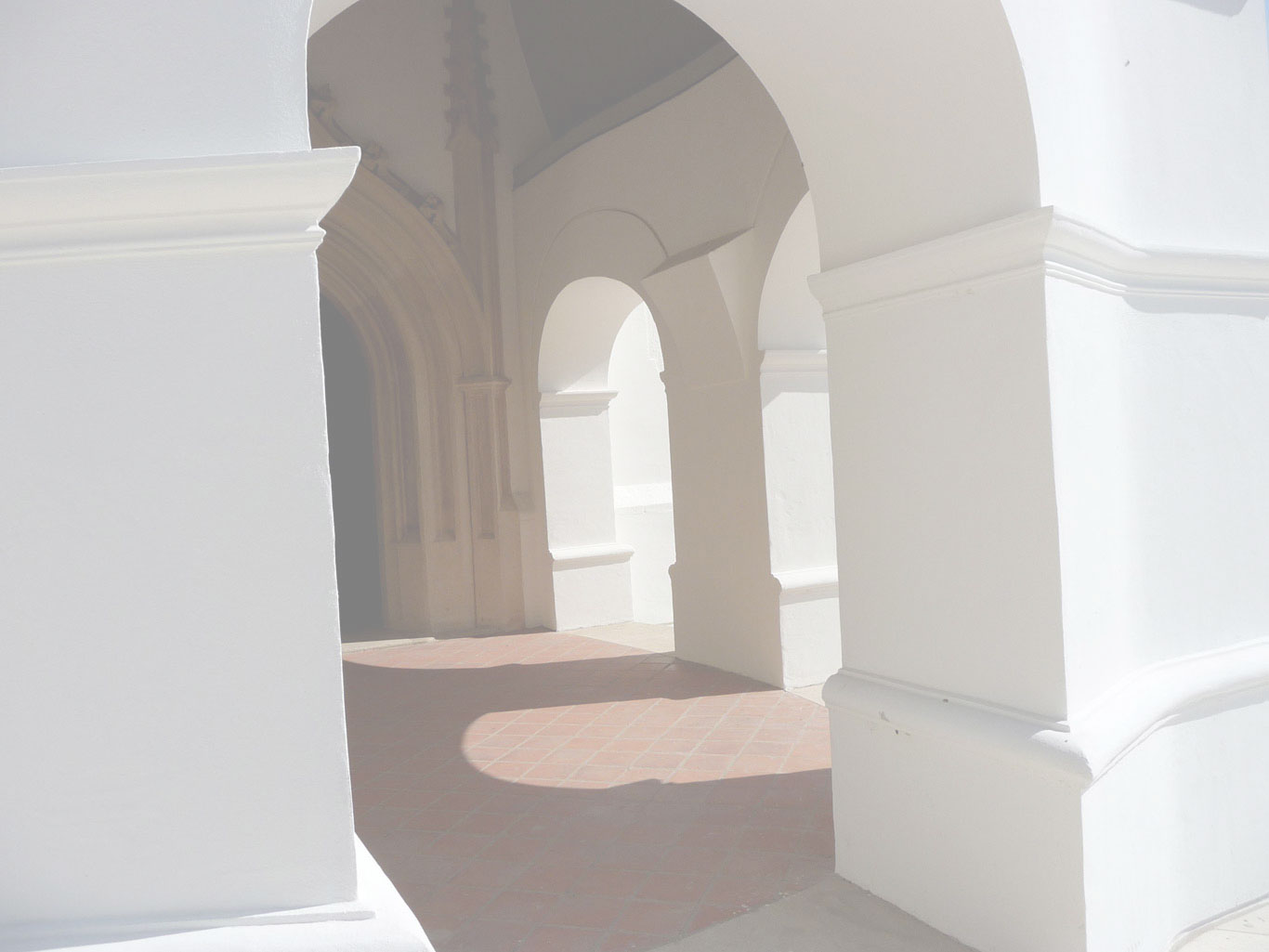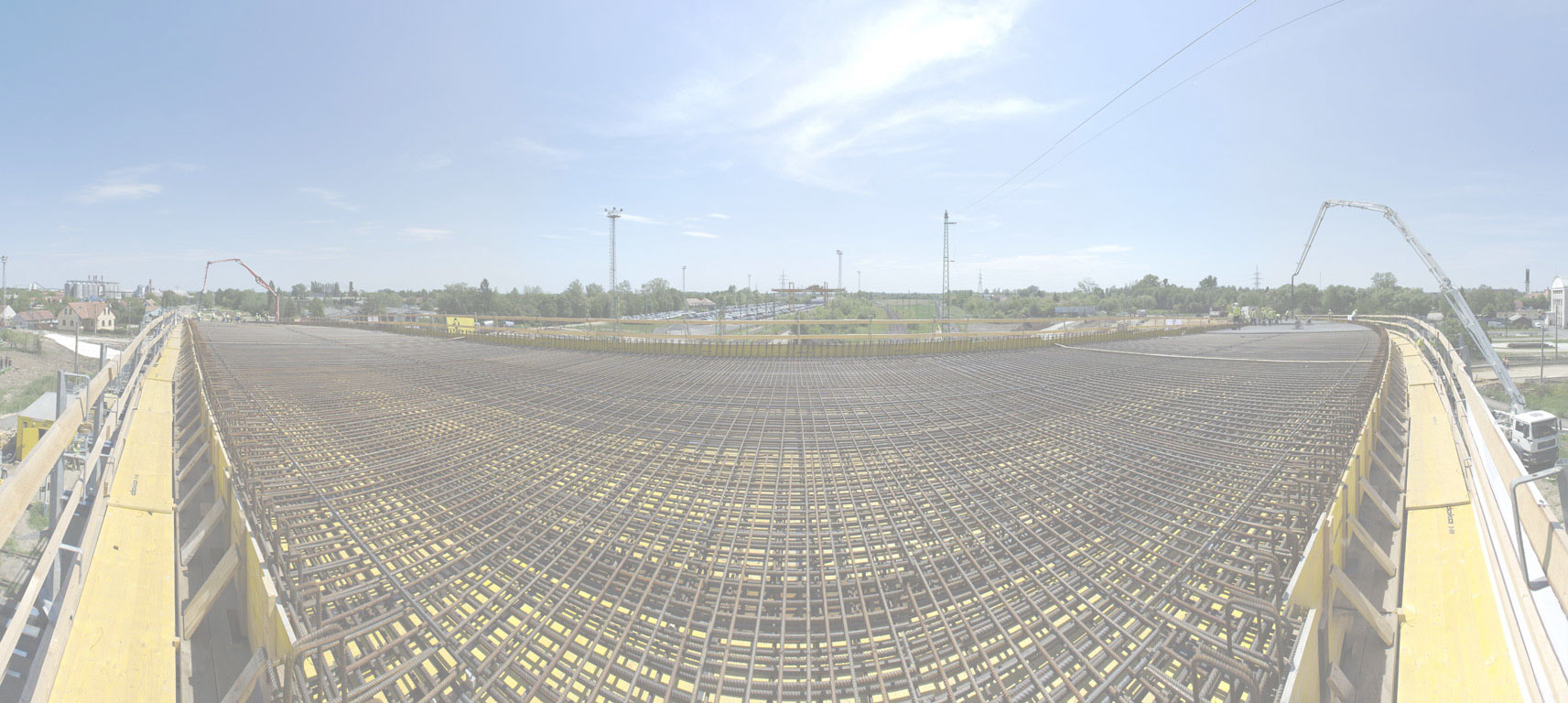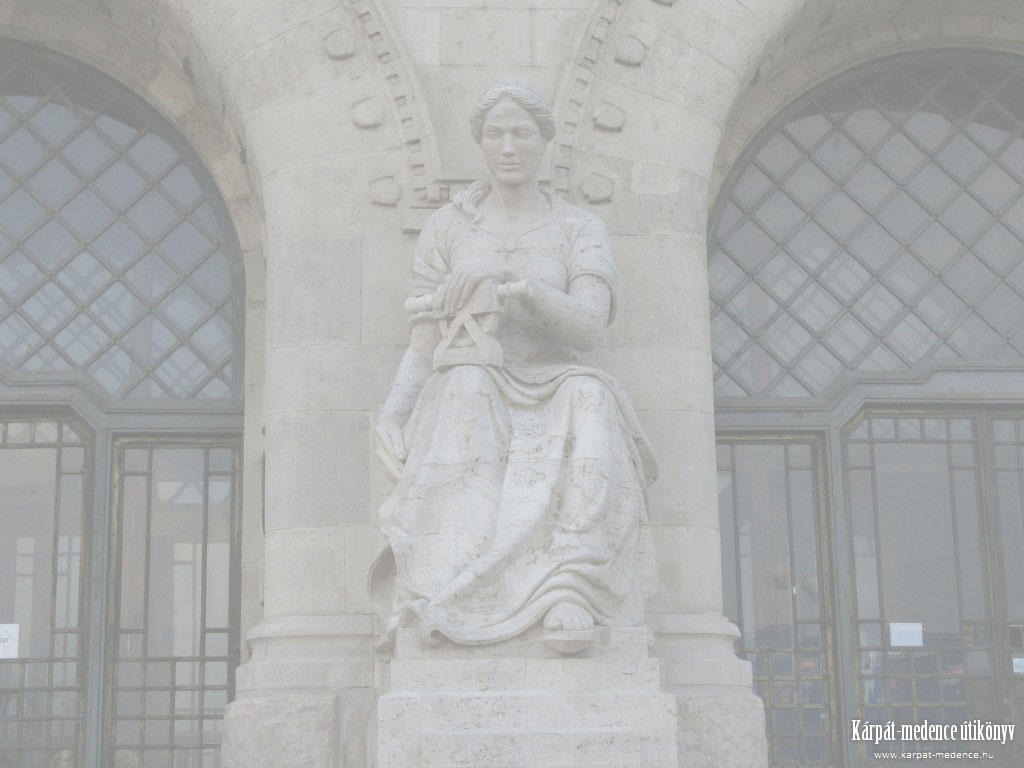Bakonyi Dániel - dr. Becker Gábor:
A gerébtokos ablakok cseréjének épületfizikai következményei
Kivonat
A large portion of the buildings in Hungary were built during the time from the second half of the 19th century to the First World War. The maintenance of these buildings is a continuous problem. Their typical windows, the so-called box-windows, represent remarkable workmanship, but they often fell prey to misguided replacements where the only consideration is the good thermal transmittance value of the cheap replacement window. To compare the difference between the traditional box-windows and the much more slender new insulating windows we ran thermal bridging simulations, using two-dimensional conduction heat-transfer analysis software based on the finite-element method. The simulations were made with the most commonly used wall types of the time, in winter conditions, to evaluate the minimum inside surface temperatures at the joint between the frame and the wall structure. The results clearly show that although the heat-transmittance of the new window products is smaller, the thin profile systems cause the minimum inside surface temperatures lower than the dew-point, because of the thermal-bridge effect around the frame. This problem didn’t occure with the traditional box-windows, their thick construction with the two parallel frames reduce the thermal-bridge effect, which demonstrates that these windows form a proven system with the wall structures and other building components of the time and further research should be undertaken to better understand these connections.
A teljes cikk letöltéséhez be kell jelentkeznie!












